Westmount places:
Stayner Street
The history behind the familiar: the former residents that called Stayner Street their home
By Michael Walsh
October 24, 2022
Stayner street – I would like to tell you about our “trésor caché” as we often call the little hidden street nestled between two large through fares – Dorchester St. and the Villa Maria Highway in the so-called “Lower Westmount”, or, as Mordechai Richler called it…“Lower, lower Westmount”. His mother used to own a house on our street for many years. We jokingly refer to it as “Upper Saint Henri”…
– Roma Gelblum Bross, Friendly Streets: Letters from the West End, Montreal Gazette, September 17, 2009
I have always held a deep affection towards Stayner street, as it brings back memories of summer afternoons spent in the street’s uncrowded park. In fact, Stayner park, designed by Istvan Mezes in 1970 on the site of the former French Methodist Institute, is one of Westmount’s best-kept secrets – another is Devon Park, located on Upper Lansdowne Avenue.
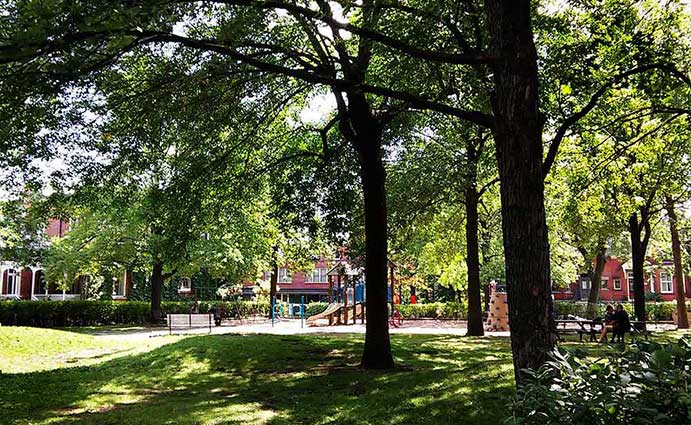
Stayner Park – Image: Andrew Burlone
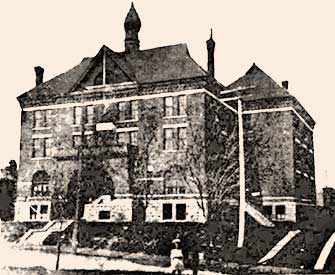
French Methodist Institute – Image: imtl.com
The street’s name also has a dubious distinction: it is the City’s most misspelled word. Specifically, it is referred to as Staynor or “Stayner” depending on the context. The question is – which name is correct? Looking at the street sign and the valuation roll the street is named “Stayner”; however, Council proceedings, until 2013, refer to one or both names.
To solve this mystery, one needs to go back in time to May 4, 1896. On that date, Edward K. Greene (honoured in today’s Greene Avenue) and G. A. Greene ceded all rights to “Stayner” (as well as Columbia, Bruce and Prospect Avenues) to the Town.
The street was referred to as “Stayner” until August 1902 when its name was inadvertently changed to Staynor, due to a transcription error. One must remember, during that period, Council proceedings were handwritten. Corrections were made by crossing out errors and inserting replacements in the left-hand margins.
More importantly, these corrections needed to be approved by the Town’s Mayor. This occurred in August 1902 when, due to a transcription error, the name Prospect needed to be changed to Stayner. Crossing out the former, the misspelled name Staynor was inserted in the margin. Mayor Lighthall placed his initials on the correction, causing the names Staynor or Stayner to remain in common usage until 2013. (A similar situation occurred with York Avenue; a transcription error changed the name to Yorke for several years.)
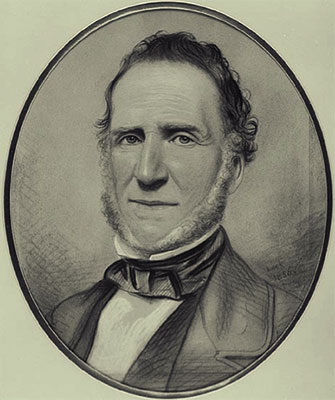
Thomas Allen Stayner – Image: Chronology of Canadian Postal History
At this point, one may ask: who (or what) is Stayner? Stayner street honours Thomas Allen Stayner Esquire 1788-1868 (sometimes misspelled “Staynor”), postmaster general of Upper and Lower Canada and a judge of the courts of the King’s Bench. In addition, he was a Director of the Quebec Bank (1841), a founding member of the Quebec and Melbourne Railroad, President of the British and Canadian School (1835) under the patronage of Lord Aylmer and a Trustee of the Royal Foundation for the Advancement of Learning (today’s McGill University).
His land holdings were extensive and elicited questions from the Legislative Assembly as to how they were financed on his provincial salary. In fact in 1851, he was questioned as to how the post office, with annual revenue of $400,000, could incur no surplus by the end of each fiscal year.
His holdings included: property in Quebec City (1845), Stoneham (1845), Saint Andre Street in Montreal (1845), property bounded by Hallowell avenue and Upper Lachine road (1845), two farms south of Montreal bounding the St. Lawrence river (1845), a farm near St. Foy (1836), a portion of Dorchester avenue adjoining properties owned by Selby in Cote St. Antoine (1845) and property in the fief and seigniory of Madawaska and Lake Temisconata in the county of Rimouski.
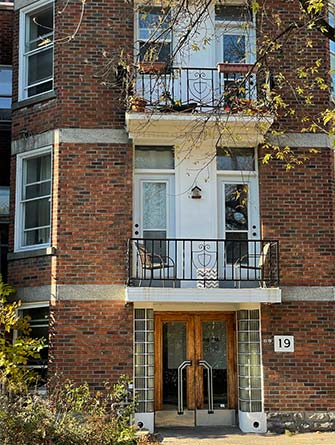
19 Stayner
At this point, the question of whether Thomas Stayner’s legacy is worthy of a street name is left to the reader.
As to the genesis of the street itself, its history is quite unremarkable. It remains captured in a “moment of time” as a quiet family-friendly residential area filled with sounds of children playing in one of Westmount’s best-kept secrets.
Let us take an autumn walk and discover the stories behind the beautiful houses that comprise today’s Stayner Street.
3 Stayner
In 1890, the residence was used as a “chapel of ease” by the Church of St. James the Apostle serving Anglican residents from Cote St. Antoine.
19 Stayner
Joseph Rosenthal, jeweller (1932)
Staynor (sic.) Apartments (1942)
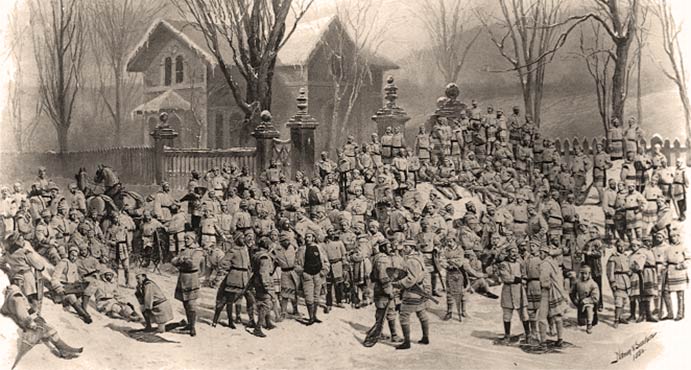
St. Georges Snowshoe Club at McGill gates, Montreal 1880 – Image: Public Domain
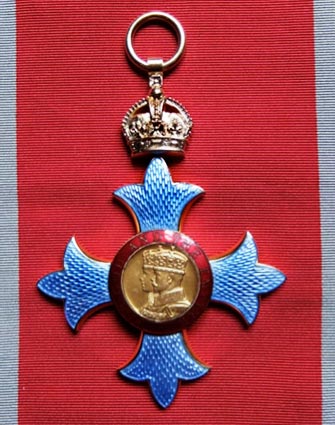
Order of the British Empire
25 Stayner
William Squire, wholesale hardware (1896)
Captain George Sully (1900)
Plow and Sully bookbinders, superintendent of The Gazette bindery and the first president of the St. Georges Snowshoe Club
29 Stayner
Thomas Earle, China decorator (1900)
30 through 40 Stayner
Owned by the City, demolished in 1953
31 Stayner
Squadron Leader George Everett Wilson (1943)
Awarded Commander of the Order of the British Empire (Military)
33 Stayner
James J. Taylor (1896)
William Johnson Dickson and Company, and Alex Ramsay and Son
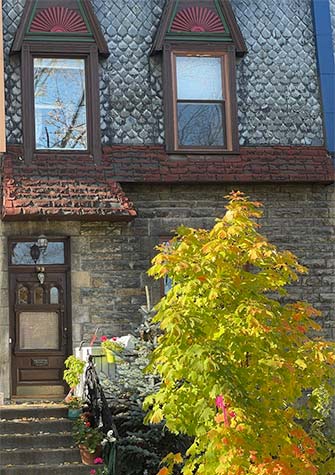
33 Stayner
“The origins of A. Ramsay and Son date back to the founding of a painting business in Montreal, in 1842, by Alexander Ramsay and John McArthur. In 1855, the partnership of the two men ended when Alexander chose to go it alone. In 1864, he took his son Alexander junior as a partner, and the company then took the name of A. Ramsay and Son. It specializes in importing paints, varnishes, glass and materials for artists. Two years later, after the death of the founder, his son took over the business and incorporated the company under the name of A. Ramsay and Son Limited. This transition corresponds to the beginning of a strong phase of expansion, which leads the company to become one of the most prominent on the Canadian paint market.”
– Répertoire du patrimoine culturel du Québec, 2013
Corporal G. F. Kennedy, 87th Battalion, killed in action in 1917
35 Stayner
William Rutherford, William Rutherford and Sons (1896)
“Westmount Loses Prominent Citizen In W. Rutherford / Former Mayor and Alderman of Suburban City Dies in 68th Year / Leading Industrialist / Was Director of Lumber Business Bearing Family Name / Had Various Sporting Associations.”
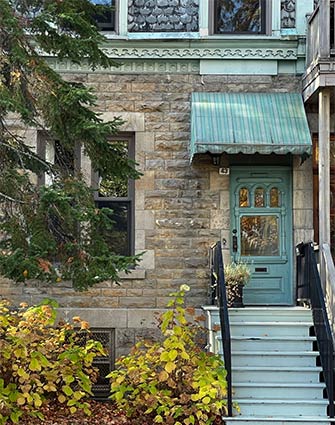
43 Stayner
“Over the city hall of Westmount, a flag flew at half-mast yesterday. It signified that the municipality is mourning one of its most distinguished sons – William Rutherford, ex-alderman, former mayor, and widely known businessman, who died on Saturday evening at his home, 458 Mount Stephen avenue. He was 67 years of age and had been ill for a long time. Always interested in civic affairs, Mr. Rutherford was elected by acclamation to the highest post the municipality could offer, that of chief magistrate. He occupied the mayoral chair for the term of 1911-12 and, previous to that, had been an alderman for three years. His business activities were centred in the Rutherford Lumber Company, formerly known as the William Rutherford and Sons, Company, Limited. This firm was founded by Mr. Rutherford’s father. At the time of his death, he was a director of this firm having served for many years as treasurer.”
– Montreal Gazette, February 29, 1932
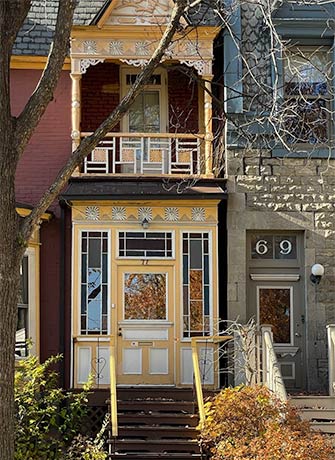
71 Stayner
38 Stayner
Private Ernest A. McNown, Canadian Machine Gun Corps, Awarded the Military Medal in 1920
43 Stayner
Henry Grant Rogers, accountant, A. Walford chartered accountants (1920)
45 Stayner
T. H. Blair, Intercolonial Railway (1896)
The Intercolonial Railway was owned by the Government of Canada from 1872 to 1918. After that date, it became part of the Canadian National Railways.
E. A. Mumford, marriage licenses and insurance broker (1909)
69 Stayner
A. Clark, Canadian Pacific Railway (1896)
71 Stayner
Gunner Charles H. Muckle, killed in action in 1917
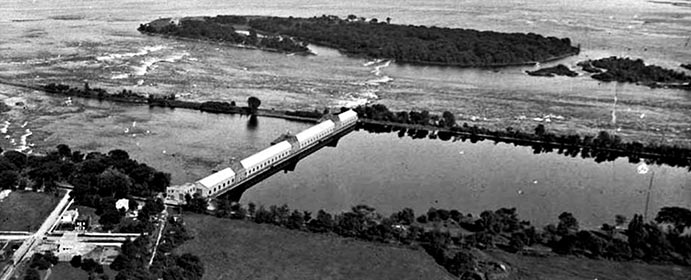
Lachine Hydroelectric Dam – Image: Ministère des Terres et Forêts, Public domain, via Wikimedia Commons
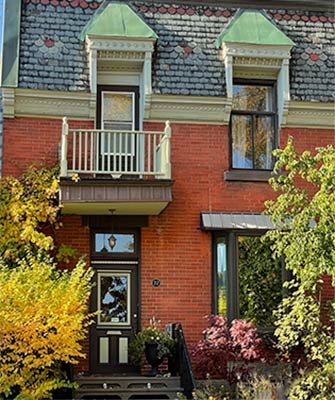
77 Stayner
77 Stayner
John A. Dodds, Superintendent, Lachine Rapids and Hydraulic Power Company (1913)
The Lachine hydroelectric station, inaugurated on September 25, 1897, is the first hydroelectric station to serve the Montreal, Quebec area.
John Hasson Mille (1914)
Overcome by coal gas fumes, he died while supervising renovation work at his residence.
80 Stayner (today’s Stayner Park)
French Methodist Institute (1896)
Educational institution for French Protestant children conducted by the Methodist Church.
Described as “one of Greater Montreal’s religious landmarks.” Purchased by the City in 1936 and demolished for the purpose of a park. In 1947, the City purchased six flats on the east side of the park. These were demolished in 1953 to make room for a new field house. By 1969 the park was a fenced-in area comprised of gravel. It took a petition from neighbouring residents to force the City to provide tennis courts, wading pools, washrooms and landscaping.
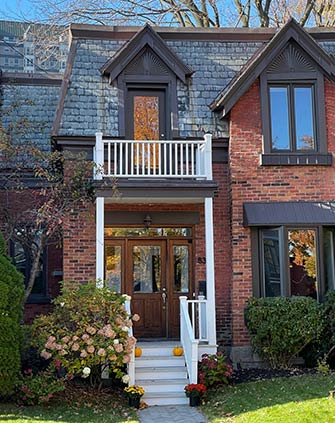
83 Stayner
83 Stayner
A. J. Whitham, The Whitham Shoe Company (1900)
James B. McKay, Bury and McDougall, later known as the Caledonia Iron Works (1919)
Feature image: Stayner Street, by Andrew Burlone
Other images: Michael Walsh, unless indicated otherwise

Other articles by Michael Walsh
Other recent featured articles

Michael Walsh is a long-time Westmount resident. He is happily retired from nearly four decades in the field of higher education technology. A “professional student” by nature, his academic training, and publishing, include statistical methodology, mycology and animal psychology. During this period, he was also an officer in the Canadian Armed Forces. Prior to moving to Montreal, he was contracted by the Ontario Ministry of Education evaluating bilingual primary and secondary school programs. Today, he enjoys spending time with his (huge) Saint Bernard while discovering the city’s past and sharing stories of the majestic trees that grace the parks and streets. He can be contacted at michaelld2003 @hotmail.com or through his blog Westmount Overlooked

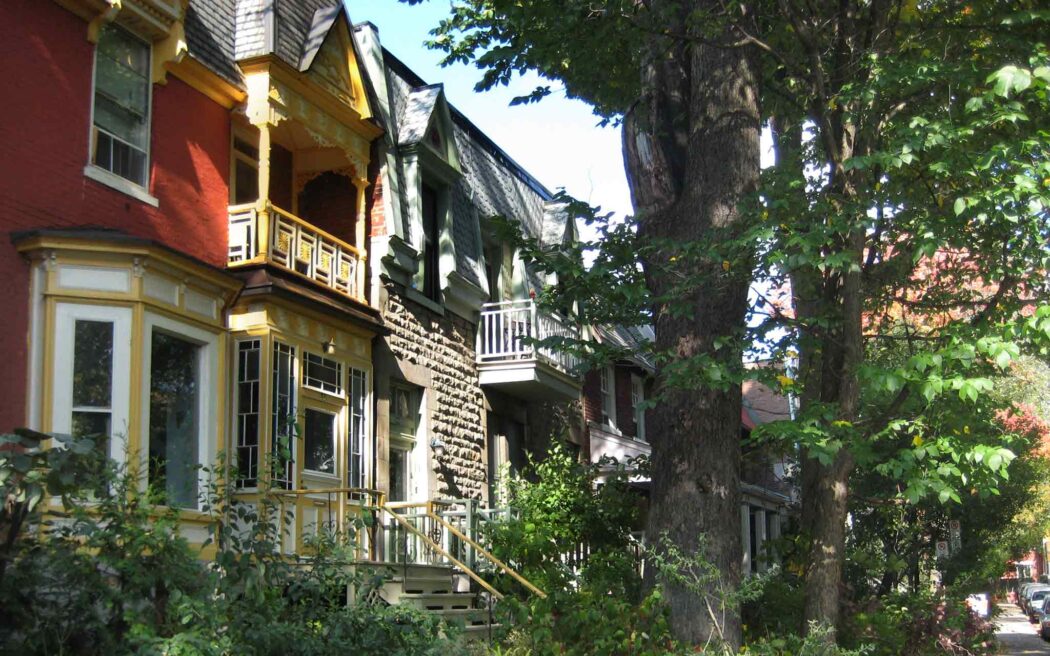
Always fascinating and beautifully written. I read the entries for the photographed houses first and then go back to the ones without pictures to imagine what they might have been.
Always fascinating and beautifully written. I read the entries for the photographed houses first and the go back to the ones without pictures to imagine what they might have been.